Cataracts
A cataract is a cloudy lens in the eye that obstructs vision and eventually causes visual loss.
The lens of the eye functions as a focusing mechanism for light entering the eye. It is originally transparent so that the maximum amount of light can enter the eye to produce clear vision. Therefore once the lens loses transparency and becomes cloudy, vision becomes blurred.

Dense cataract.
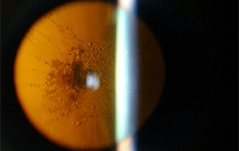
A posterior subcapsular cataract may cause symptoms at a younger age than other types of cataracts.
Causes of cataracts
The most common cause of cataracts is increasing age. Other causes include long term exposure to ultraviolet radiation (strong sunlight), poorly controlled diabetes, certain medication like steroids and severe injury to the eye, etc. These other factors can cause cataracts in younger individuals.
Even children can have cataracts and these may be inborn or related to genes in the family.

Paediatric cataract.
Symptoms
Cataracts cause a variety of symptoms. The commonest symptom is blurring of vision which worsens with time, or blurring of vision that does not improve with glasses. Cataracts may also cause unusually rapid changes in the power of eye glasses. Other symptoms include increased glare, seeing haloes and double vision when looking out of the affected eye.
When should I consider cataract surgery?
You should consider cataract surgery once blurring of vision makes daily life inconvenient, or when you are no longer able to see well enough to do your favourite things like reading, playing golf, travelling, etc. If the blurring of vision is severe enough to cause falls or increase the risk of accidents while driving, surgery is highly recommended.
Treatment
Cataract surgery is a common eye surgery which is done as a day surgery procedure.
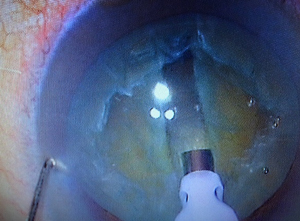
Phacoemulsification or the use of an ultrasonic device to emulsify and remove the cataract.

An intraocular lens implant is inserted to replace the cataract (cloudy lens) which has been removed.
FAQs about cataracts:
Can my cataracts be treated with eyedrops or medication?
There is currently no effective treatment for cataracts other than surgery. Eyedrops and medication have not been proven to work, and there are no food or vitamin supplements that can make cataracts go away.
What happens if I do not remove my cataracts?
If cataracts are not removed, they will continue to harden and vision will become more and more blurred. Should you decide to remove them in the future, these over-mature cataracts will be more difficult to remove.
In rare situations, a cataract may swell up in the eye and lead to a rapid rise in eye pressure, leading to cataract-induced glaucoma. This causes severe pain, vomiting and may result in permanent nerve damage. Emergency surgery would then be necessary and the outcome could be poor despite treatment.
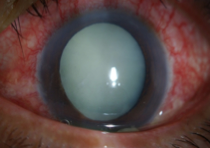
An overly advanced cataract has caused cataract-induced glaucoma. Cataract surgery will be more risky and more difficult in this case.
Do I still have to wear glasses after cataract surgery?
A large range of intraocular lens implants or IOLs can now be used to correct pre-existing short-sightedness, long sightedness, astigmatism and presbyopia (老花). This means that a patient’s unaided vision after cataract surgery may be better than it ever was even before the cataracts developed.
You will need to discuss with your eye surgeon which lens implants are most suitable for you. Your decision should be made based on your needs, lifestyle and pre-existing eye condition.

A toric IOL with the three alignment dots on each side of the lens used to reduce pre-existing astigmatism.

A full range multifocal lens implant corrects distance, near and intermediate vision meaning that many patients who have this lens are spectacle free.
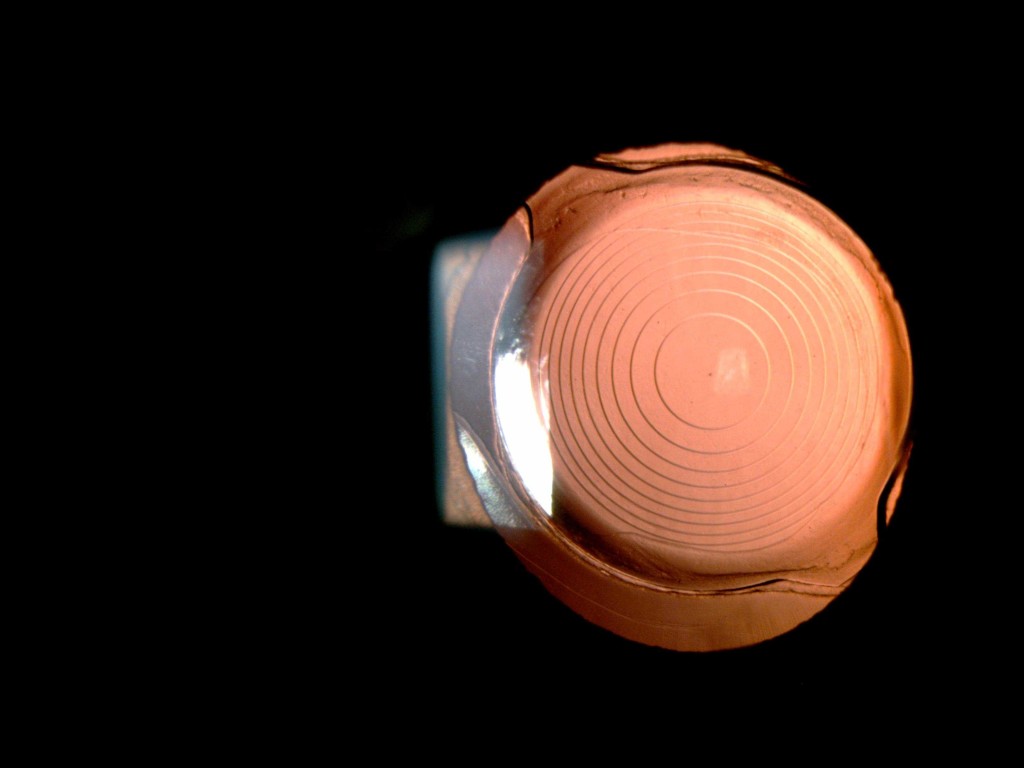
Another type of lens is the extended range of focus lens implant, seen here.
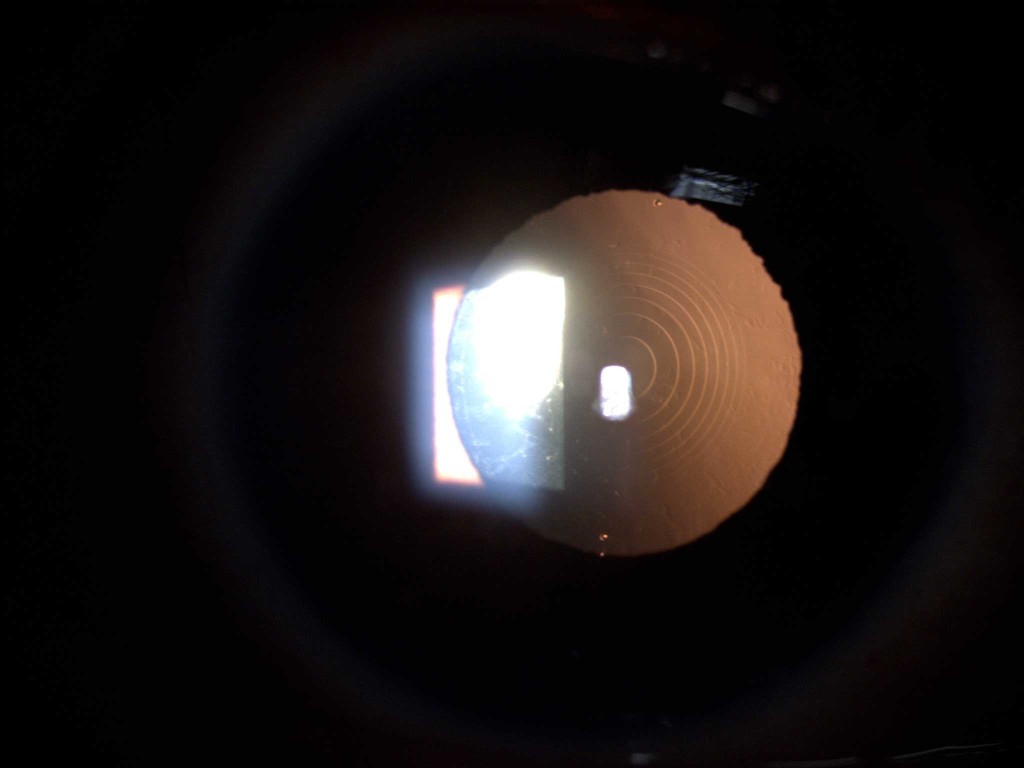
This is a toric multifocal IOL which corrects short or long- sightedness, astigmatism as well as presbyopia
